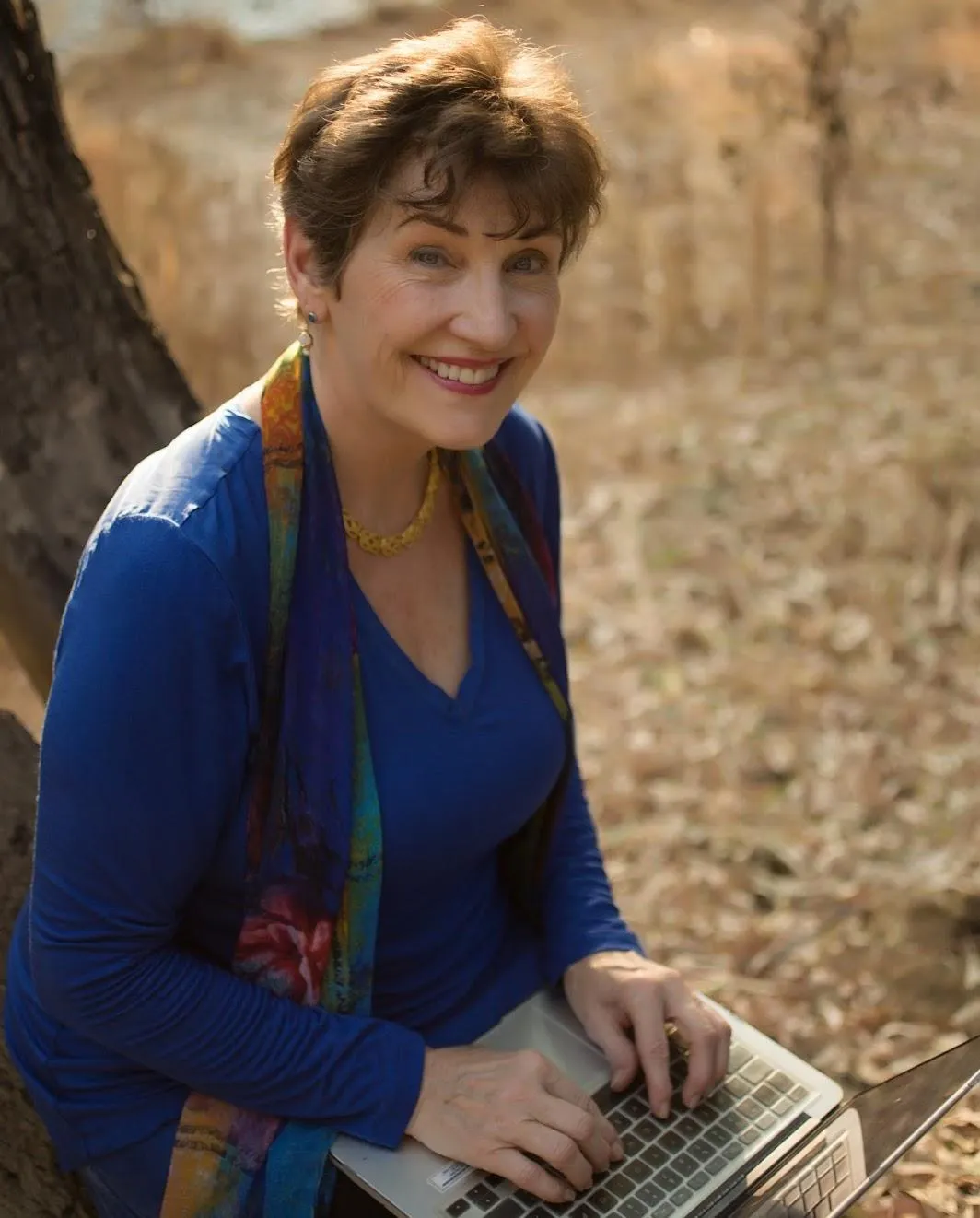
Walking with Tragedy
Click here to listen to Suzanne read this month's newsletter.
When I was a child my younger brother, Scott sustained two bad closed head injuries that were destined to change the trajectory of his life, although no one knew that at the time.
The first incident happened when he was 7 years old on the playground at school. He ran full speed into an iron pole he did not see. That injury gave him a pre-frontal (forehead) concussion that kept him home from school for several days with headaches and swelling.
The second incident happened in our backyard about a year or so later. He came from behind me when I was warming up for a ball game and walked right into the bat in full swing – his forehead swelled up immediately - like half a baseball planted in the middle of his forehead. I can still see it and it still makes me shudder.
I felt horrible at the time, and in the early 1960s no one knew anything about treating that level of brain injury, so nothing was done other than cold compresses...
Fast forward a few years and he began to have issues in school, with writing – words would get spelled oddly, and then he started to become more and more secretive. Our home was a loving place so this was odd behavior, and I think my parents simply hoped he would outgrow it.
I remember my mom quietly saying to him, “Use things Scotty, not people.” She said it frequently enough that I clearly remember it. She simply had no idea how it would play out. How could she? She was a kind, gentle learning-disabilities teacher and there was no violence nor were there any guns in our home. My father was a well-loved minister in our community. Their worldview held not an inkling of the level of trouble that was coming.
In his adulthood, his secrecy and internal darkness led him to a life of crime: first drugs and then robbing banks. Our family had no idea what was happening until after he was gone.
The trajectory of his life has been cataloged by a true crime author (she did a very poor job), a TV special (48 Hours) and now a full-length documentary.
That is where my story comes in.
In the late 1980s as I studied and began to teach CranioSacral therapy (CST), many clients with head injuries like Scotty’s were part of my practice – skiing accidents, soccer and football injuries, sledding collisions, car accidents, etc. Trauma and treating it well became my area of expertise.
CST can be very effective in facilitating the healing process for people with these kinds of traumas. I reflected often on his early injuries but was unable to treat him myself.
In 2024 we now understand so much more about concussion, closed head injuries and the effects they have on personality and the ability to function with integrity in life. There is much more to be explored, but research is now being done to clarify how the brain fires and misfires depending on the area of the head trauma.
In my book, “Reclaiming Your Body: Healing From Trauma and Awakening to Your Body’s Wisdom” I spend an entire chapter on the brain, it’s gifts, what can go wrong and how healing can occur.
I discuss Scott and his issues - how his moral compass went offline pretty early, most likely due to his prefrontal cortex injuries.
Then, about three years ago, I got a message from my colleague and friend, Stephen Porges, about his son who is a documentary film director. Seth was investigating Scott’s life and wanted to tell a deeper story than the media had done thus far. We discussed it at length, and I spent a full day being interviewed by him, with the agreement that Seth would do his best to include the information about Scott’s head traumas.
In the end, Seth was not able to include the head trauma information in the documentary. This saddened me, because the world needs to know how these occurrences change people’s lives, but I understood the Netflix dilemma. Trauma does not sell movies like drama does. And Scott’s life was full of both. On the surface he was handsome, charming and smart. Underneath it all he struggled – a lot.
The film was released on June 5th. It is entitled, How to Rob a Bank. The irony is that it is not about how to rob a bank. It is the story of his descent into his own private hell, all the while looking like a Greek god and living a life that belied what was happening internally for him.
The documentary is excellent. Factual. Seth did a phenomenal, thorough job.
And yet, because it is missing that key element of the effects of his early closed head injuries, I feel compelled to share them here. Part of my healing with all of this is to write about Scott’s head trauma.
Hollywood did not think that would sell, but it needs to be known anyway. People who live a secret double life like he did are not often born that way.
Scott grew up in a loving family. We all knew we were loved. Thank you, Seth, for presenting that accurately in this documentary.
My walk with the trauma of his life and death is decades long. And complicated by how it has affected the rest of my family. The documentary has stirred it up again, but this time we are better prepared.
When he died in 1996 it broke my mom’s heart – as in a minor heart attack. It was a terrible shock to the entire family – first to lose him physically and then to lose who we thought he was.
Trauma is like this – initially pushing us off our center – sometimes knocking us down completely. Then as it heals, life asks us to return, to get stronger, to learn from what happened and let our roots run deeper so the next challenge will be better met.
This is the path my whole family has taken. My mom has been a huge teacher in this.
She knows who she is at a soul level and does not let much of anything rock her off that knowing. She has chosen not to see the documentary.
To paraphrase what she shared with me recently, “I am committed to feeding the part of me that is love and kindness. And it would not be loving or kind to myself if I watched that film about Scotty. I loved him deeply and always will, however, that movie would not feed my soul no matter how excellent it may be.”
I applaud her for knowing herself deeply enough to recognize and stay on her soul’s path.
Scott struggled with that for most of his life. He would reach for it, asking cryptically for help in certain moments, but then not stay long enough to get the healing he so badly needed.
Honestly, I don’t know if that would have been possible for him, but as a CranioSacral therapist of 40 years, I would like to hope it could have been.
And while it is true that there may have been other factors that may have contributed to his lifelong struggles, I can only speak to the ones I experienced directly myself.
So, this newsletter is to share my story about Scott.
It is so easy to get seduced by the drama of his life and to miss the unhealed trauma that was always there, lurking in the background.
My own healing has been about returning to my center, finding my ground, sinking my roots in even more deeply and knowing who I am at a soul level.
Thank you for allowing me to share this with you. I hope it can inform your life in some way.







